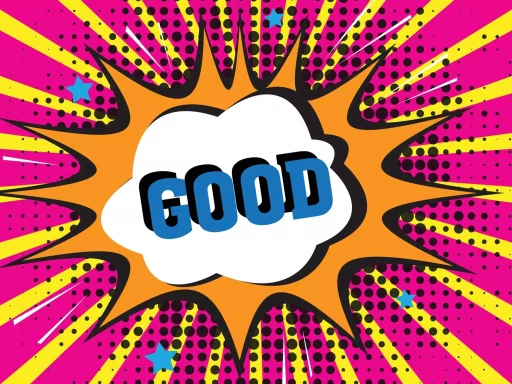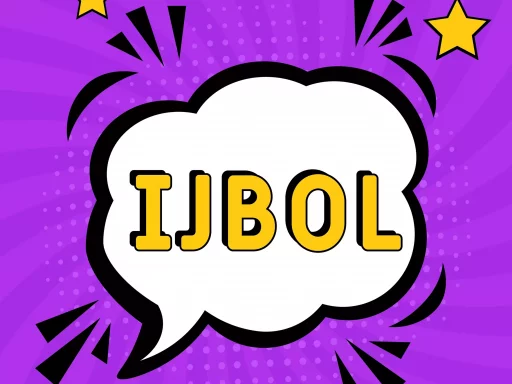Introduction to Slang: The Shortened Language
Slang gives colour and expressiveness to any language. It’s an unconventional form of language, often restricted to particular contexts or groups of people. However, with the rise of social media and digital communication platforms, certain slang terms have become universally understood, rising to popularity and becoming part of everyday conversation. One such slang term that has gained prominence recently is the term ‘GOAT’.
Decoding the Slang: GOAT
The term GOAT in slang is an acronym standing for ‘Greatest of All Time’. The term is often used to describe outstanding individuals in various fields, particularly in sports and entertainment. Roger Federer in tennis, Michael Jordan in Basketball, or The Beatles in music, could all be referred to as the ‘GOAT’ in their respective fields.
- Word Origin: This term was popularized within internet communities and quickly spread through social media platforms.
- Usage: It’s commonly used to compare people in similar roles, mostly in sports and entertainments fields.
- Example: In a sentence, it could be used as follows: ‘With his consistent performance, many basketball fans consider Michael Jordan to be the GOAT.’.
Impact of the GOAT Slang
The slang ‘GOAT’ has had significant cultural impact, often sparking debates among fans and enthusiasts as to who deserves to hold the title in their respective fields. Its popularity has not just peaked on social media, but it has also been woven into articles, blogs, music, and television. Even brands have utilized the term to highlight their best products or services, asserting their supremacy in the market.
Conclusion
Understanding the significance of slang and the insight it provides into contemporary popular culture is important. The term ‘GOAT’ represents more than just an acronym; it’s a recognition of the greatness of individuals in different areas of life. It also encapsulates the current trend of using concise and catchy phrases to convey a larger meaning, showcasing the transformation of our communication in the digital age.





